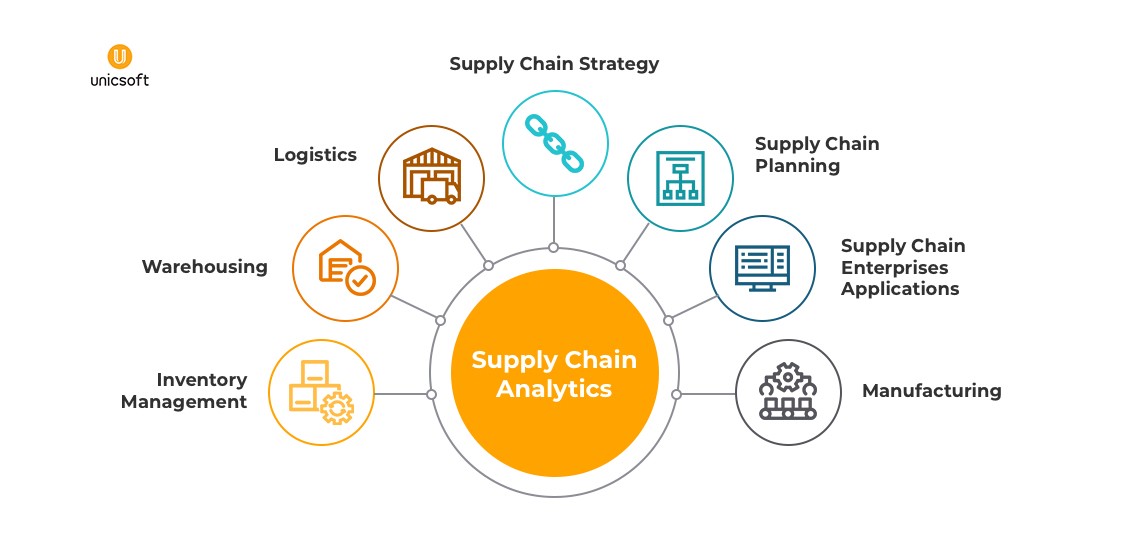Your Complete Handbook to Ecommerce Logistics as a Startup
Posted on
First things first, step back and congratulate yourself. You’ve done what, at times, seemed impossible. You’ve turned your idea into a successful ecommerce business with customers eagerly awaiting your product. This is where ecommerce logistics come into play.

As the difference between physical store and online store shopping grows smaller, your logistics infrastructure needs to be first-rate. With companies such as Amazon and Bosta offering exceptional delivery, consumers have become accustomed to this type of service.
It’s up to you to match this service as best as possible.
The journey of your inventory starts with the manufacturer and ends in your customers’ hands.
To achieve a smooth transaction, you need to consider your supply chain efficiency. Below are some key steps that you should explore within your ecommerce delivery.
Demand planning
Startups don’t have the luxury of planning their inventory on past performance. Instead, you have to track what‘s at your fingertips, such as your online presence and website traffic.
Planning for upcoming seasonal events means you can anticipate what orders will be popular. Also, engaging with your social media hashtags and shares will give you an accurate overview as well.
Visibility and managing your inventory
Taking stock of your inventory with your manufacturing warehouse promotes customer service. There’s nothing more frustrating to a prospective customer than ordering a product that is, in fact, out of stock.
Established companies have contact center best practices available to handle such issues. Startups aren’t as fortunate, with only word-of-mouth at their disposal. So a positive customer experience can go a long way in terms of engagement.
That’s why providing customers with accurate communication is essential to growth.
Free shipping
In a recent study, 90% of consumers would shop online more if free shipping were available. If you provide this option, you remove the one advantage that in-store shopping has over online shopping.
Problems arise due to cost efficiency, as offering free shipping can interfere with profits. You need to consider this cost when pricing your products.
Managing returns
Monitoring the number of return requests offers you a real-time analysis of product satisfaction. It also awards you the opportunity to conduct damage control on products that may hinder your brand.
In short…
By following this guide, you take action to help your company to grow. By promoting customer satisfaction, you’re also promoting customer retention. Logistics is an important step in your customer’s journey, so let’s ensure it’s an easy trip.

Grace Lau – Director of Growth Content, Dialpad
Grace Lau is the Director of Growth Content at Dialpad , an AI-powered cloud communication platform for better and easier team collaboration. She has over 10 years of experience in content writing and strategy. Currently, she is responsible for leading branded and editorial content strategies, partnering with SEO and Ops teams to build and nurture content. Grace Lau also published articles for domains such as Whatfix and VMblog. Here is her LinkedIn.
